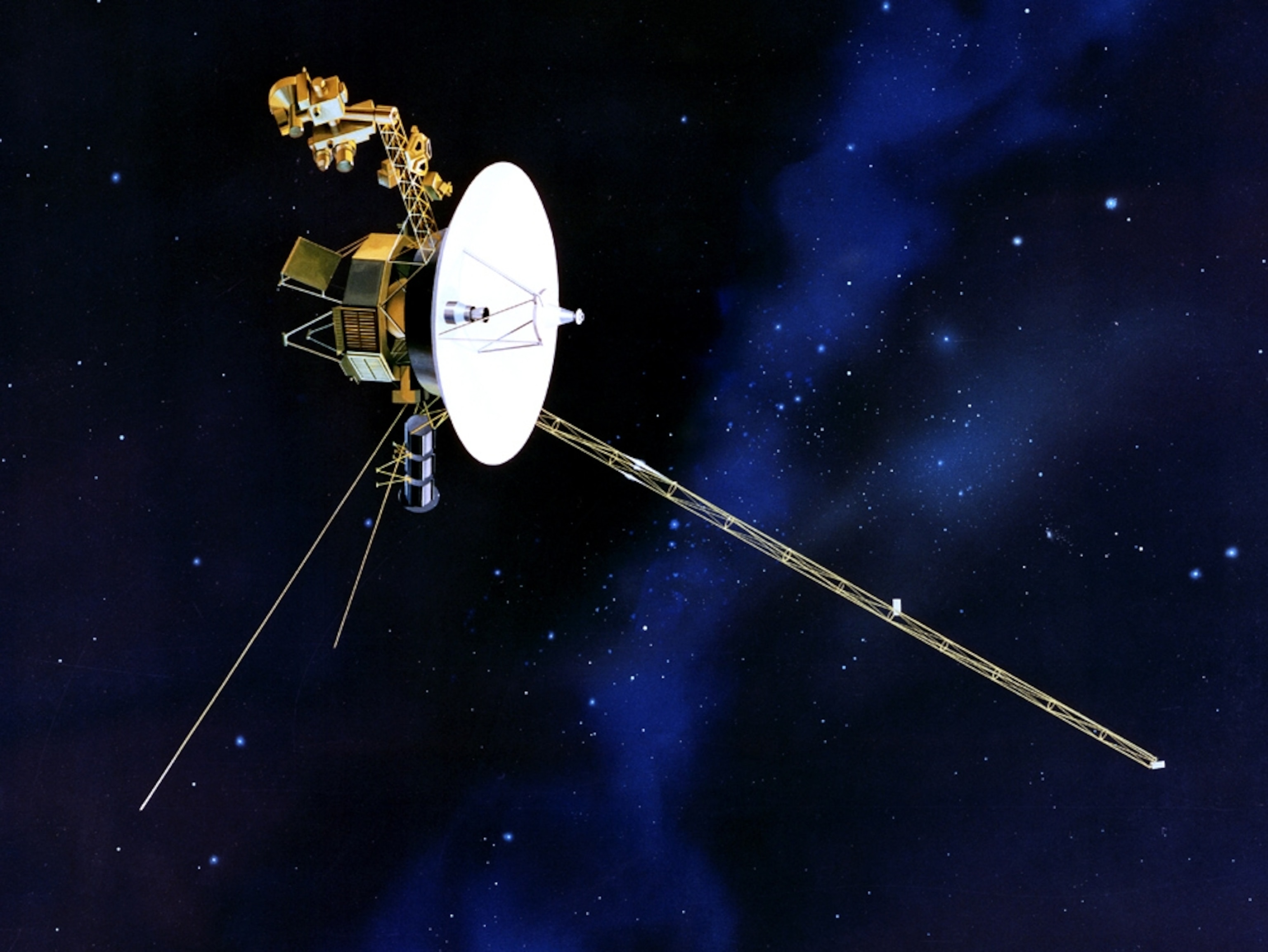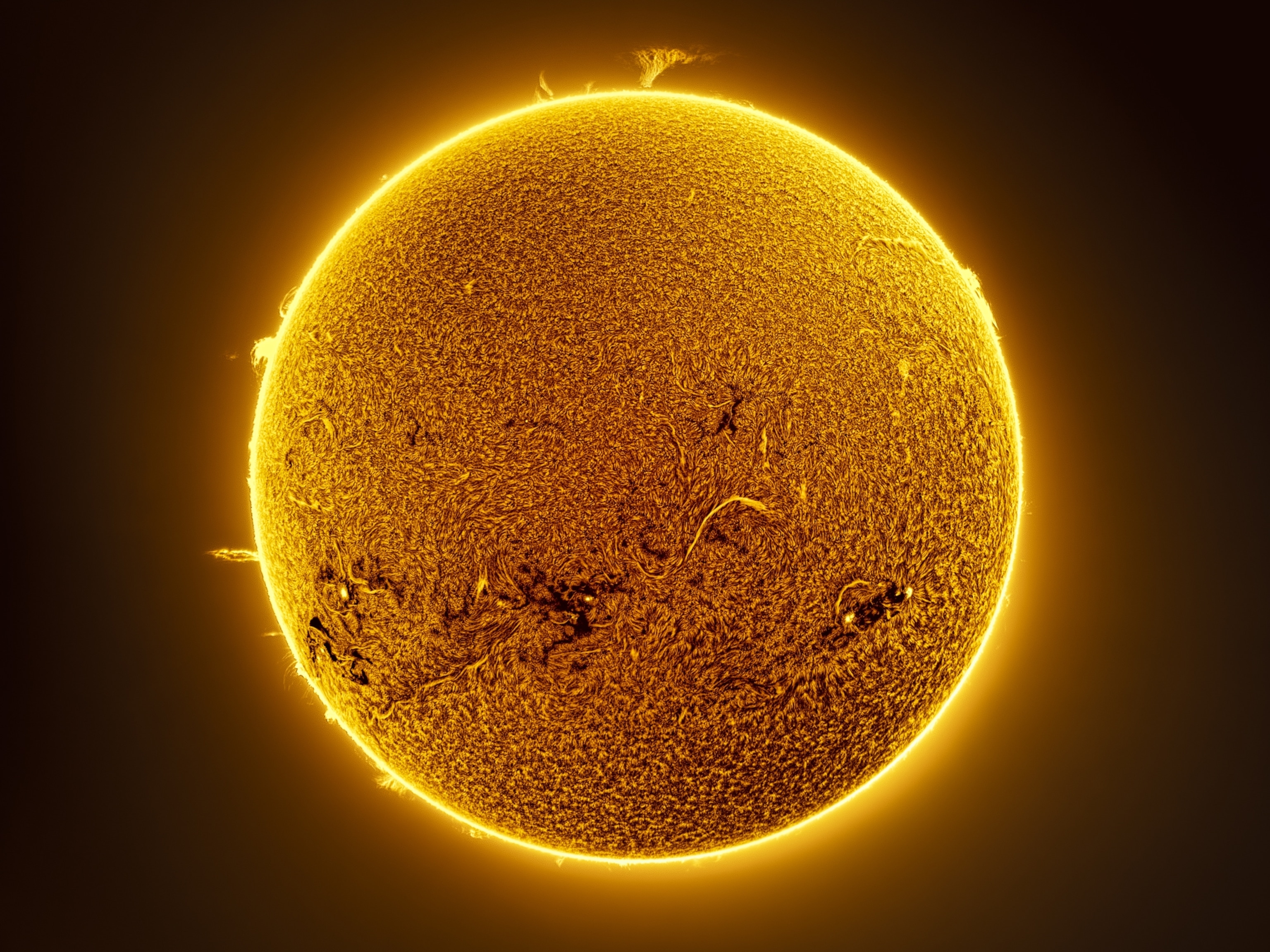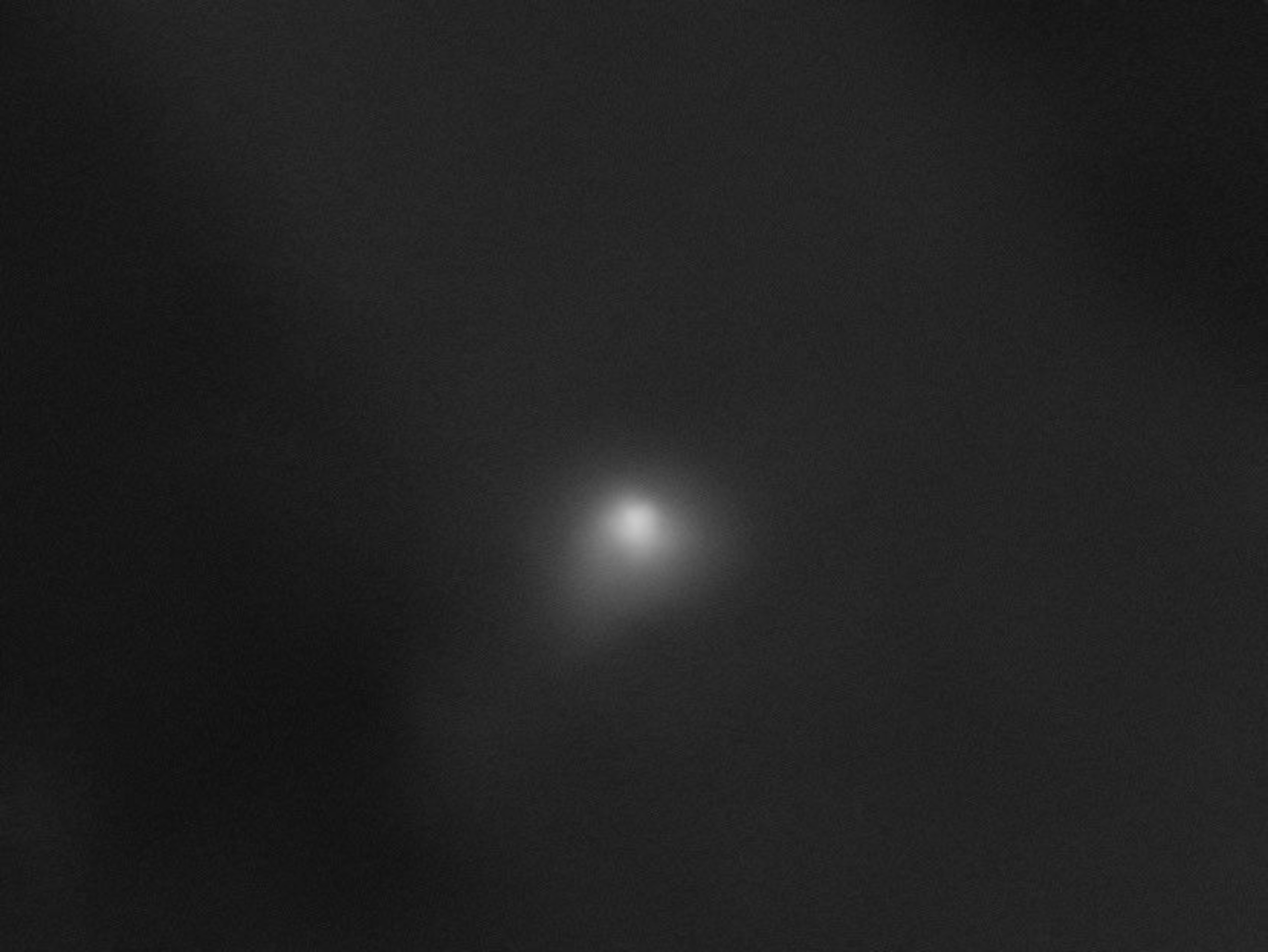
Voyager Probes Detect "Invisible" Milky Way Glow
View from edge of solar system reveals never before seen light.
Speeding toward interstellar space, NASA's twin Voyager probes have now truly peered outside the solar system—and they've seen something no human has glimpsed before.
According to a new study, the two spacecraft have detected a type of ultraviolet light from other regions of our Milky Way galaxy that had previously been all but invisible due to the sun's glow.
"People have tried to make this measurement from Earth orbit, unsuccessfully," said veteran Voyager scientist Bill Sandel of the University of Arizona in Tucson.
The light, a wavelength of ultraviolet called Lyman-alpha radiation, is emitted by hydrogen atoms as they cool down. The radiation is especially intense in stellar nurseries where lots of new stars are forming.
(Related: "Glowing, Green Space Blob Forming New Stars, Hubble Shows.")
But from Earth, this UV signal is drowned out by solar radiation that's scattered by hydrogen atoms wandering through space—just as, during the daytime, Earth's atmosphere scatters sunlight and makes stars invisible from the ground.
Galactic Understanding
Astronomers have long observed Lyman-alpha radiation coming from distant galaxies, but because light from other galaxies is redshifted—stretched to longer wavelengths—by the expansion of the universe, that radiation is easy to distinguish from the solar system's own glow.
(Related: "Ancestors of Milky Way-Type Galaxies Found, Analyzed.")
The light from star-forming regions in our galaxy, on the other hand, is not redshifted and so is harder to detect.
Launched in 1977, Voyager 1 and 2 crossed into the outermost region of our solar system, called the heliosheath, in 2004 and are now, respectively, about 120 and 100 times as far from the sun as Earth.
(See "Voyager 1 at Solar System Edge, Scientists Now Agree.")
The Voyager probes' enormous distance from the sun, together with a new data-analysis method devised by Rosine Lallement of the Paris Observatory, enabled the study team to tell the galactic radiation apart from sunlight.
The new data "will allow theorists to construct refined models for the processes that control the production and propagation of the Lyman-alpha radiation near the solar system," said Avi Loeb, chair of the astronomy department at Harvard University, who was not invloved in the study.
"This improved understanding will, in turn, help [astronomers] interpret the properties of distant galaxies."
Voyagers Still Boldly Going
Even though the probes' onboard power generation has been declining and some of their scientific instruments are shut down, the two spaceships may still have more discoveries in store.
(Related: "Voyager Probes Send Surprises From Solar System's Edge.")
Over then next few years the probes are supposed to reach the final edge of the solar system, called the bow shock. That's where the solar wind—charged particles streaming from the sun—should finally run out of steam as it bumps into interstellar gas.
"Certainly there's going to be lots to learn when we eventually cross the bow shock," the University of Arizona's Sandel said.
The new Voyager data are described in a paper published online this week in Science Express.





